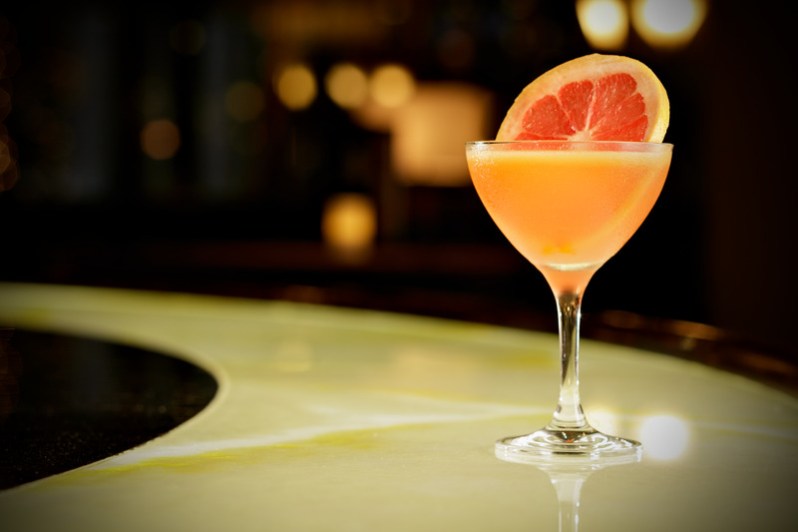
Now that we’re in the dog days of summer, cool, crisp cocktails are the ticket to relaxation. And while there are plenty of options out there, a solid tequila-based potent potable is always going to be high on our list.
- Tequila vs. Mezcal: What’s the difference?
- Tequila Fortaleza Blanco
- Tequila Corazón Blanco
- Siete Leguas Tequila Blanco
- El Tesoro Blanco Tequila
- Tapatio Blanco 110
- Don Julio Reposado or Añejo
- Altos Reposado
- Tequila Cazadores Reposado
- Casamigos Reposado
- Best Mezcal for Paloma
- Doña Vega Mezcal Espadín (Miguel Espana Lopez)
- Prolijo Mezcal
Thanks to the typically balmy temperatures of Mexico, cocktails hailing from that nation often prove excellent antidotes to our collective, heat-related summertime sadness. A prime example can be found in the Paloma, a mega-popular libation featuring tequila, grapefruit soda, and a lime wedge. At its essence, the Paloma feels like a stripped-down version of the margarita: simpler, cleaner, and arguably more refreshing. Of course, making a top-quality Paloma relies on selecting the right tequila for the job. To help with your future Paloma pursuits, we asked a group of 12 bartenders to offer their favorite tequilas for this summer sipper, and here are their top picks.
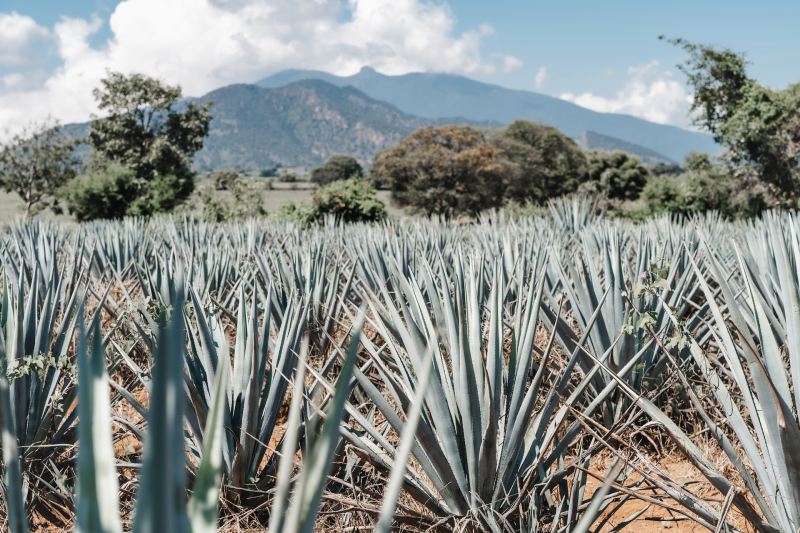
Tequila vs. Mezcal: What’s the difference?
It’s true that these spirits are very similar and, therefore, can be used interchangeably in cocktails. But there are some distinct differences between the two that one should know before buying a bottle. While both spirits are made from the agave plant, tequila alone is made from the blue agave plant, grown only in specific regions of Mexico. Mezcal specifications are not as finicky. Furthermore, Mezcal typically runs a bit stronger, with an average of 55% ABV, compared to tequila’s 40%. Depending on the brand you purchase, there are various flavor differences as well. Mezcal, for instance, often has a smokey quality as the core of the agave plant is often roasted in underground pits, accounting for its sometimes bolder flavor profile.
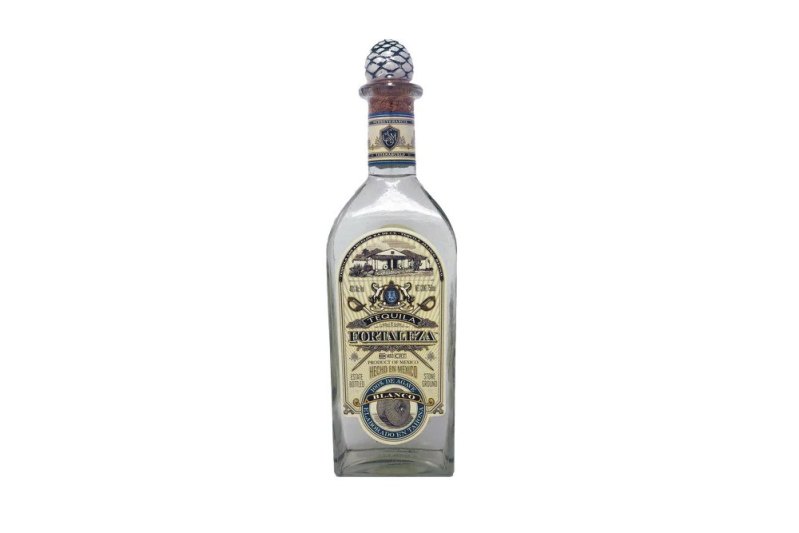
Tequila Fortaleza Blanco
When we surveyed bartender contacts for their preferred Paloma tequila, an overwhelming favorite emerged: Tequila Fortaleza Blanco. Based in Jalisco, this 125-year-old distillery relies on classic techniques to craft their tequila, using a brick oven to cook their agave and a large stone wheel known as a tahona to crush the agave afterwards. As far as its Paloma fitness goes, mixologist and general manager Katie Wokas of The Pioneer in San Diego, CA offers a few words on the subject: “Fortaleza is hands-down my favorite tequila. It’s actually really great on its own, but [it] really enhances any cocktail, including a Paloma. It’s super clean and delivers subtle citrus, black pepper, and vanilla notes that really complement the other ingredients in the drink!”
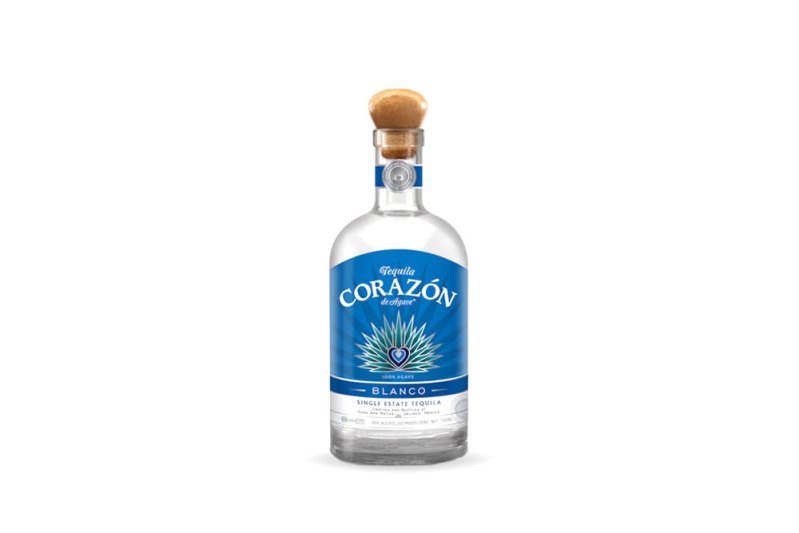
Tequila Corazón Blanco
The clean, lightweight nature of an unaged tequila makes it a natural fit for Palomas, and beverage director Laurent Lebec of Big Star in Chicago, IL especially enjoys Tequila Corazón Blanco. “The Paloma has been a cocktail staple at Big Star since we opened, and we’ve been cranking them out for the past 10 years. It has as much [to do with] our concept as the margarita, and it has a refreshing, citrusy, fruity profile that is totally unique. We use fresh lime & grapefruit juice, as well as Squirt [soda]. The tequila that works for us Tequila Corazón Blanco. From the house of Casa San Matias, it is a full-flavored tequila, [made from] 100% blue agave and created in a facility that maintains artisanal integrity. [When tasting it, we] get ripe agave but also white pepper, papaya, and finish notes that are a bit more vegetal, hinting at bell pepper. It balances The Paloma’s strong citrus profile & light bitterness,” Lebec claims.
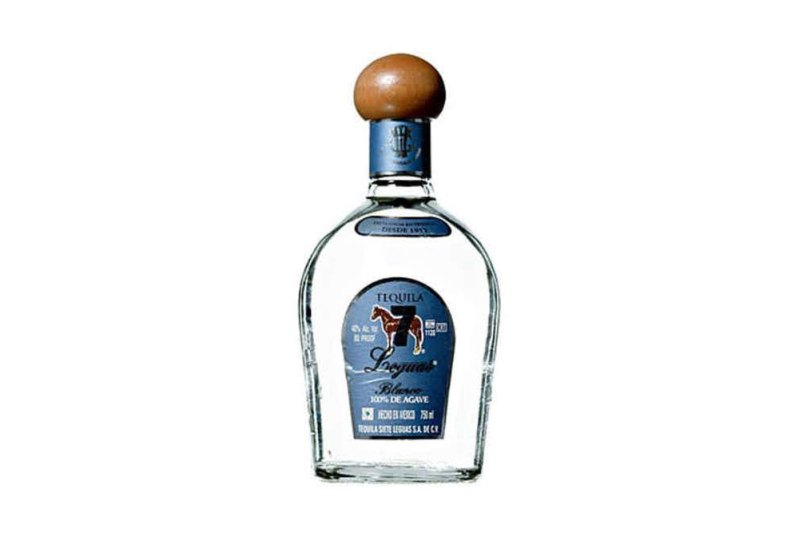
Siete Leguas Tequila Blanco
Another Blanco tequila that favors the old-school tricks of the distilling trade, Siete Leguas Tequila Blanco prides itself in its flavorful yet unintrusive nature. It’s a favorite among bartenders because of its flexibility; lead bartender Amy Wong of King Tide Fish & Shell in Portland, Oregon says that “my choice of tequila for a Paloma is Siete Leguas Blanco. It is a distillery that is still producing tequila traditionally with a tahona, and the agave is from the highland region [of Mexico], which makes it a little bit sweeter. It also has a peppery mineral flavor that I think complements the bitter grapefruit in a Paloma.”
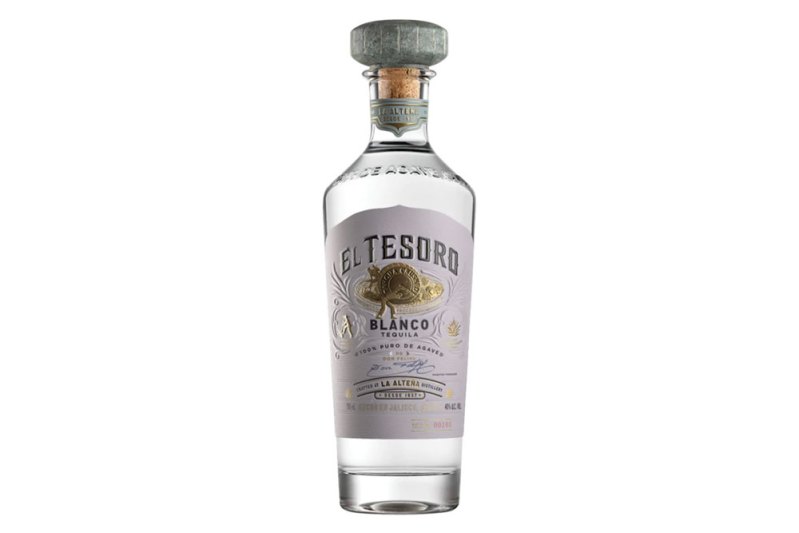
El Tesoro Blanco Tequila
Made with Blue Weber agave from the highlands of Mexico, El Tesoro Blanco Tequila offers notes of fresh fruits and vegetables and a gentle sweetness that plays perfectly off of the sour and bitter flavors of the Paloma’s citrus elements. “My favorite tequila for Palomas definitely needs to be a flavorful Blanco tequila, which is why I choose El Tesoro Blanco. Its green roundness, with flavors of kiwi and pear, go great with the acidity provided by the lime and grapefruit of a Paloma. Finish it off with a salted rim to enhance all these flavors, and my mouth is watering already,” recommends general manager Matt Ross of The Roosevelt Room in Austin, Texas.
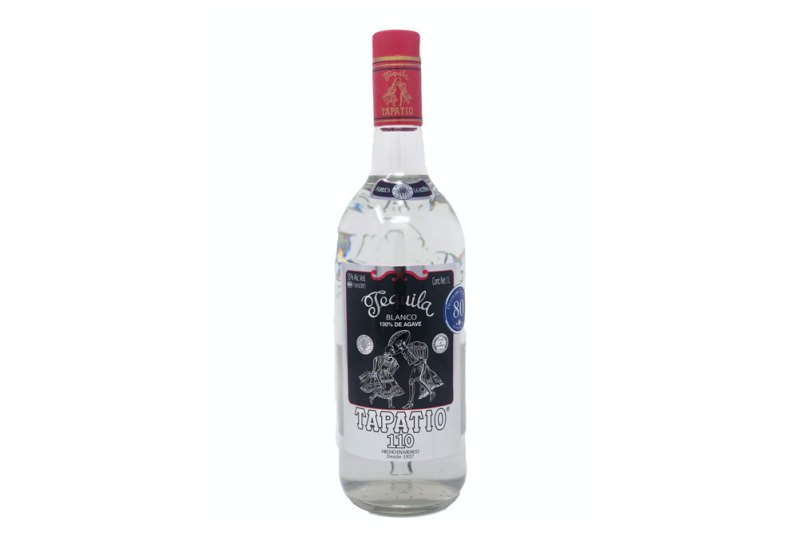
Tapatio Blanco 110
If a Blanco tequila with extra dimension appeals to you, then a version like Tapatio Blanco 110 may be the ideal addition to your at-home Palomas. “Tapatio 110 is a ‘high-proof’ tequila, but I prefer to describe it as undiluted, meaning you get a more layered experience – the tequila is great alone, but exceptional in a cocktail alongside other ingredients. The [core] spirit in your cocktail should at least be on equal footing with your other components, if not the star component, which is not an issue with Tapatio 110,” general manager Josh Prewitt of La Condesa in Austin, TX tells us.
Prewitt appreciates a creative approach to Palomas, including supplementary ingredients in addition to the usual tequila-grapefruit soda-lime juice trifecta. “Tapatio 110 is great in a Paloma because it works well with multiple variations to the cocktail, the most notable being the addition of muddled green chiles, which exaggerates the green chile notes of the tequila. Dictate what level of heat you want and decide on a type of pepper accordingly: shishitos for pronounced flavor and little heat, jalapeño for bold flavor and heat, or Serrano for stinging heat. Adding green chile to Tapatio 110 adds a textural component, lending a viscousness that is natural to an undiluted tequila and enhanced with the waxy skin of the chile so you feel it linger on your lips,” Prewitt suggests.
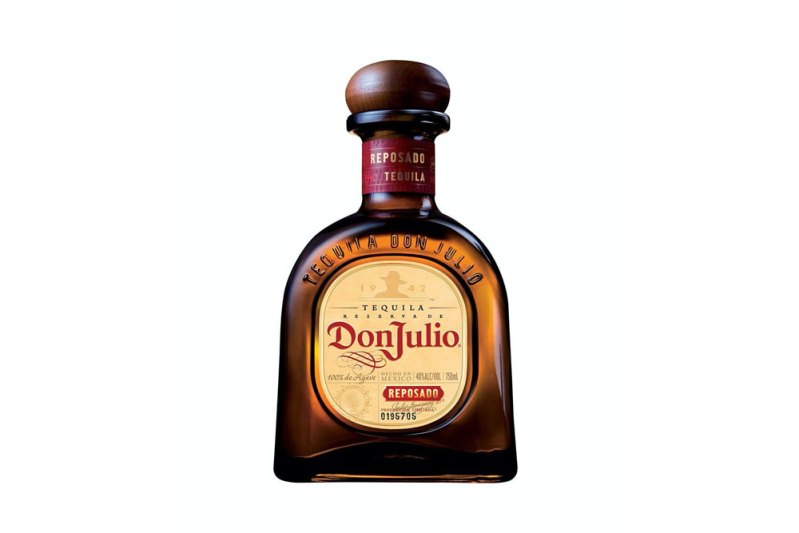
Don Julio Reposado or Añejo
A popular and readily available tequila brand in most markets, Don Julio claims a reputation as the first “luxury” tequila. Its smooth, well-integrated flavors make it well-worth a slightly higher price tag, and these taste profiles also make Don Julio’s Reposado and Añejo tequilas excellent fits for a Paloma.
“The Paloma cocktail has been a favorite of mine in recent years, since it’s a little more refreshing and less sugary than the sour margarita alternative. I prefer to use Don Julio Reposado or Añejo for their vanilla notes, which I find complement the grapefruit and [make for] a nice substitute for the sugar you would add [when using] a silver tequila,” explains head bartender Bradley Carnation of Scarpetta in New York City.
Don Julio Resposado
Don Julio Anejo
 Altos Reposado
Altos Reposado
Like most aged liquors, Reposado delivers extra levels of richness and pleasing woodsy notes, which fit nicely with the brightness of grapefruit and lime. Bar manager Josue Gonzalez of Seven Reasons in Washington, D.C. particularly likes Altos Reposado, a tequila distilled and aged in Jalisco.
“My personal favorite tequila for the Paloma cocktail is Altos Reposado, a tequila made in the highlands of Jalisco, Mexico and aged 6-8 months in old whiskey barrels. A couple of years ago, I had the opportunity to visit the distillery where they produce this fine Mexican spirit. I even rode ATVs through the agave fields where they harvest the agave for Altos tequila. It was a beautiful sight and quite an adventure.
I believe that Palomas should be tart, dry, and refreshing all at the same time. The conversation between Altos tequila and the wood in the whiskey barrels allows the tequila to develop a mature yet subtle sweetness with hints of vanilla and mild citrus. The Paloma calls for grapefruit juice, which is acidic, but also bitter. The added fruitiness that comes from aging the tequila and the hint of vanilla complements the bitterness of the grapefruit, making for more round flavors,” Gonzalez tells The Manual.
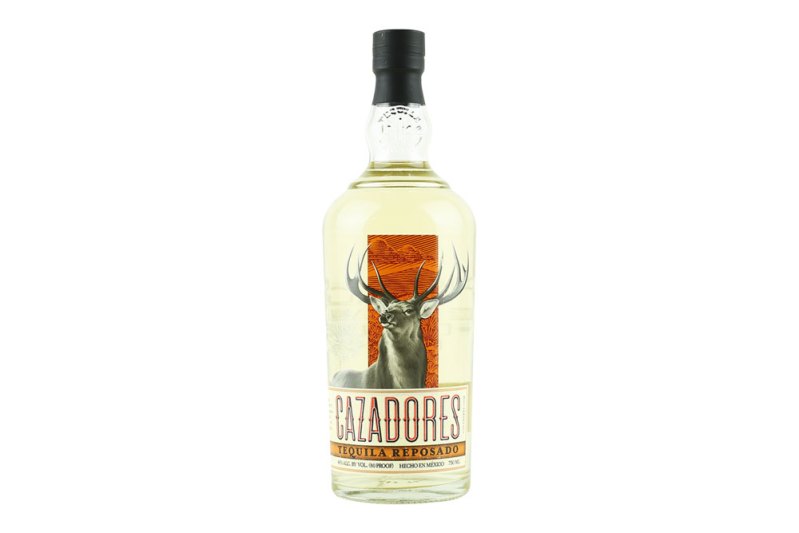
Tequila Cazadores Reposado
Aged in American oak barrels, Tequila Cazadores Reposado fully embraces the nuances of the wood, resulting in a well-integrated essence that blends mellow characteristics with a welcome tang. General manager Samuel Willy of Westlight in Brooklyn, NY uses this spirit in his Palomas, stating that “to create the perfect Paloma, I recommend Tequila Cazadores. The liquid’s body and citrus and vanilla notes both enhance the flavor and round the edges of the cocktail at the same time.”
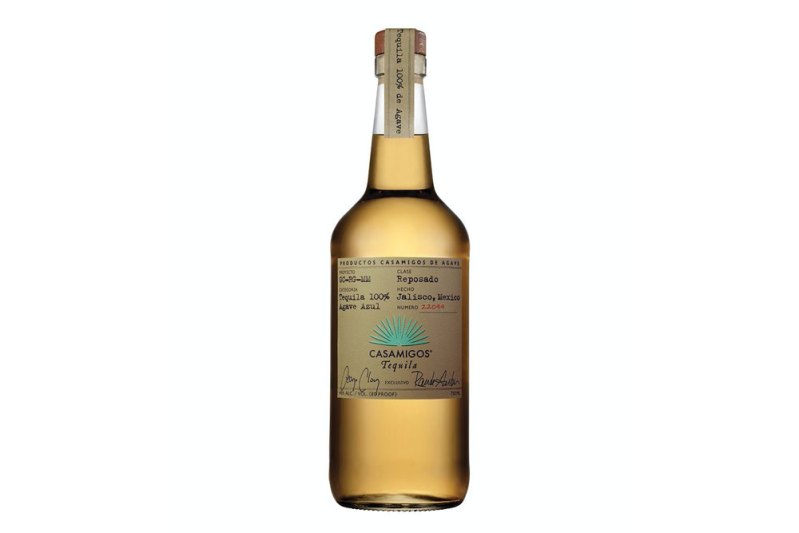
Casamigos Reposado
Most famous for its high-profile owners, George Clooney and Rande Gerber, Casamigos also happens to produce world-class tequilas, made from Blue Weber agave harvested in the highlands of Jalisco. Their Reposado version ages for 7 months in wooden barrels, which impart rich caramel notes and a smooth, silky texture. For these reasons, it’s a favorite Paloma ingredient for head bartender Casey Lyons of Pacific Hideaway in Huntington Beach, CA, who says that “my go-to tequila for a Paloma is Casamigos Reposado. It’s a crowd-favorite tequila branded by the Silver Fox himself, Mr. Clooney. Its rich mouthfeel and round sweetness make it a perfect pair with fresh pressed grapefruit juice. Bring some chili salt and Topo Chico for effervescence, and you will be the life of the party before the first round goes out.”
Best Mezcal for Paloma
If Reposado or Añejo tequilas aren’t quite fulfilling your craving for a smoky, bold agave spirit in your Paloma, consider switching to mezcal. To make mezcal, distillers smoke the agave in underground pits, which give the drink its signature toasted flavor and earthy undertones.
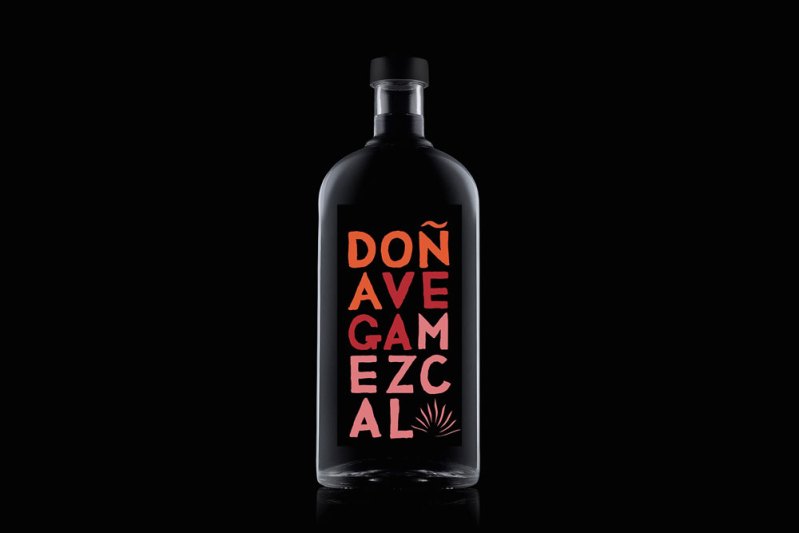
Doña Vega Mezcal Espadín (Miguel Espana Lopez)
Head bartender Miguel Garcia of La Contenta Oeste in New York City favors Doña Vega Mezcal Espadín in his Palomas, explaining that “I love using Doña Vega Mezcal Espadín because it gives the perfect amount of smokiness and texture to this traditional cocktail. Palomas are a classic, but using Doña Vega gives [them] a more modern twist, highlighting the marriage between smokiness and tartness.”
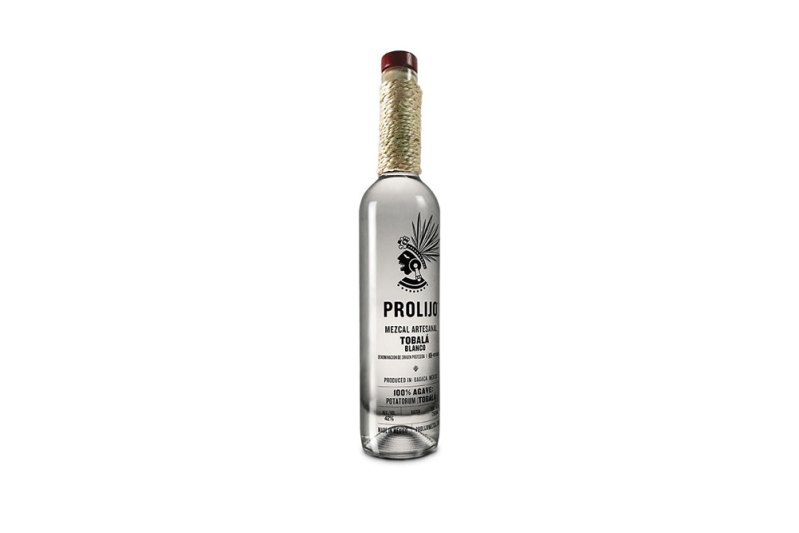
Prolijo Mezcal
Because grapefruit represents the dominant flavor in a classic Paloma, you’re well-served by seeking out an agave spirit that blends harmoniously with this sharp citrus fruit. For bartender Javier Arroyo of Bar Sótano in Chicago, IL, that grapefruit-friendly liquor is Prolijo Mezcal.
“One of the highlights of mezcal is its smoky and green-vegetable flavors. Prolijo Mezcal tends to have this [smoke-infused], peppery flavor that is a perfect pairing for grapefruit — the most important ingredient in the Paloma!” Arroyo tells The Manual.
Editors' Recommendations
- How to craft a heavenly vodka martini: Shaken or stirred
- We know the most popular cocktails — Try these underrated drinks instead
- Ranked: 5 popular Scotch whisky bottles (all under $50)
- Cognac vs. brandy: What’s the difference?
- Get creative: How to use hibiscus in your cocktails this spring

 Altos Reposado
Altos Reposado


